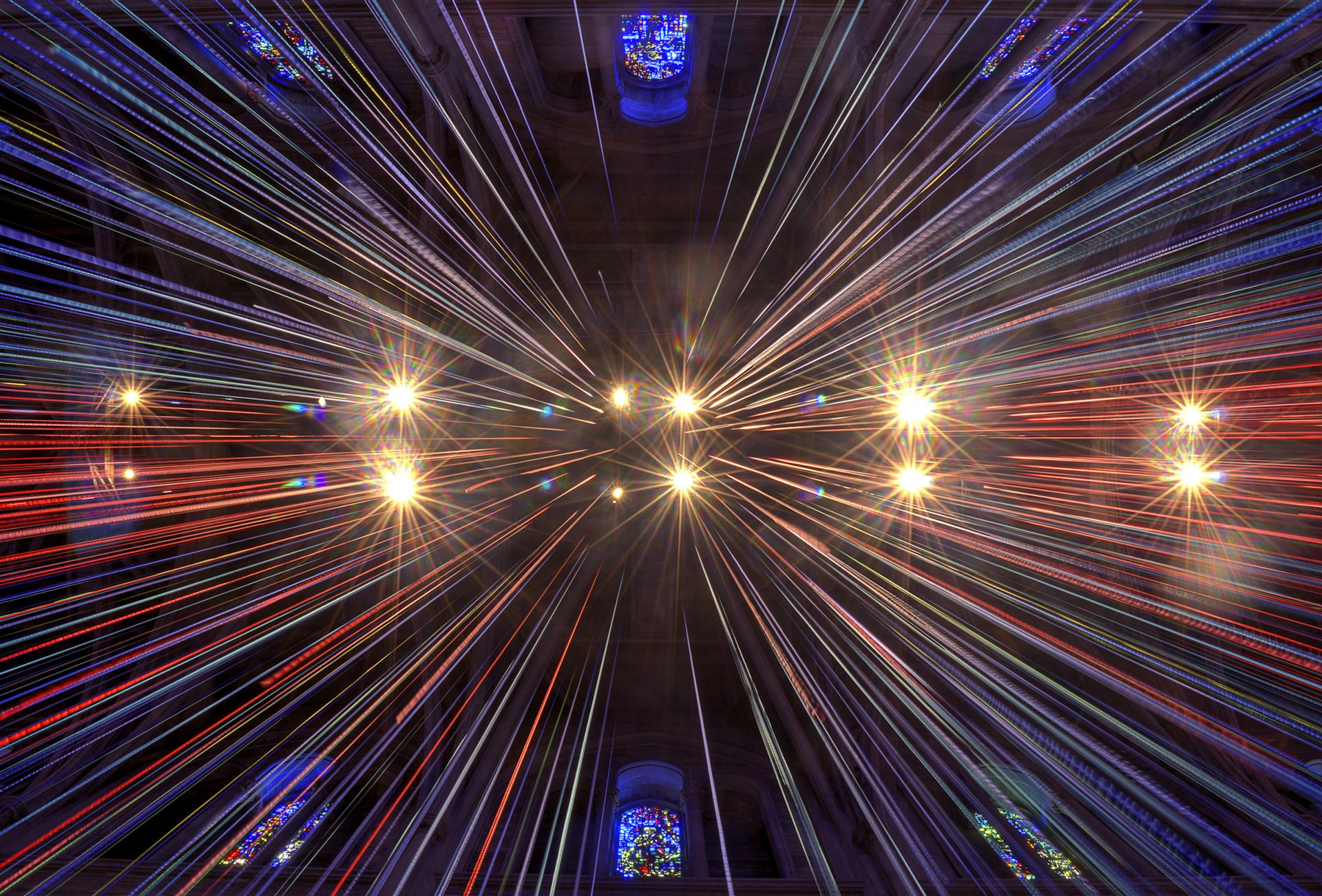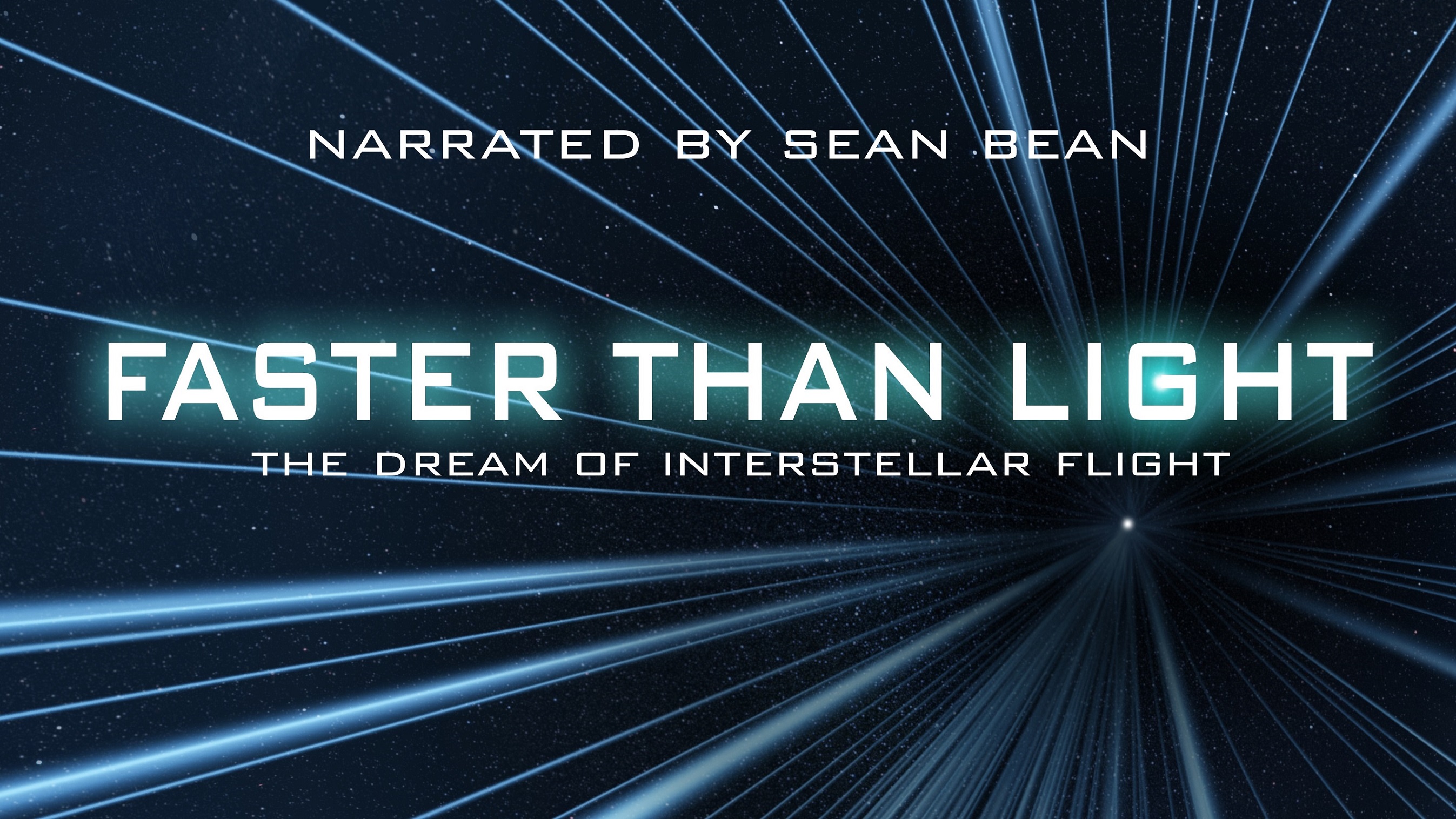
The spacelike event can move around in its area on the right (even allowing it to occur before or after the center event), and the timelike event can move around in its area on the top. The yellow lines represent the path that light takes through the given event. A pair of events can be separated in three ways: timelike, lightlike, and spacelike.įor a given event (center, black) all other events fall into one of three categories: timelike, lightlike, or spacelike separated. With the advent of relativity that was no longer the case, however, new restrictions popped up. Namely, the time when an event occurs never changes, and the future is always the future, and the past is always the past. In Galileo’s old-timey world view there are some restrictions to how events can be rearranged from one frame to another. Sadly, questions about “who’s right?” aren’t valid. For example if two events happen in the same place, but one hour apart according to Alice, then Bob can make the second event happen 60 miles away from the first by moving at 60 miles per hour relative to Alice. In the world according to Galileo (pre-relativity) any event could be moved relative to any other just by moving very fast. The dashed lines are a single moment in time, (which are different) from each frame's perspective. The time that an event occurs, and even the order of events, can be changed by moving from one frame to another. It’s a bit much to go into, so if you’re interested in why, there’s an “explanation” in this post.ĭifferent frames (red and blue) disagree on, among other things, what "now" is.

The first big result of the EEP, is that not only do different frames disagree on where events happen, but also when. This is the corner-stone of relativity, and it’s called the “Einstein Equivalence Principle”.

In 1905 the ‘Stein introduced a theory about relative movement that took Galilean Equivalence (physical laws are the same in all frames) and added invariance of light speed in all frames. More than that, he realized that all of the physics that he knew of worked the same regardless of the frame (moving / not moving), and with remarkable humility he named that realization “Galilean Equivalence”. Galileo (the famous one) recognized that in different frames the same events happen in different places (picture above). In all of the diagrams in this post, time is up and space is right/left. In Bob's frame (right) the explosions happen in different places. In Alice's frame (left) the explosions happen in the same place, one after the other. For no particularly good reason Alice sets off two firecrackers (green crosses). So, something like “move to a different frame” just means “change speed”.Īlice (red) and Bob (blue) are moving with respect to each other. There’s nothing more to frames than that. So everyone in the car are in one frame, everyone waiting at a bus stop are in another frame, and everyone in an airplane overhead are in yet another frame. Perspectives that are moving with respect to each other are said to be in different “frames”.

For example, if you’re in a car, everything you do seems to be happening in more or less the same place, while for someone on the side of the road all the things that you do are strung out along the car’s route. This needs a little background, so pack a lunch.ĭifferently moving observers see events happen in different places. The essential problems are that moving faster than light (FTL) requires impossible acceleration (not difficult but impossible in a “doesn’t make sense to talk about” kind of way), and FTL violates causality in some weird ways (for example, it allows travel backward in time).


 0 kommentar(er)
0 kommentar(er)
